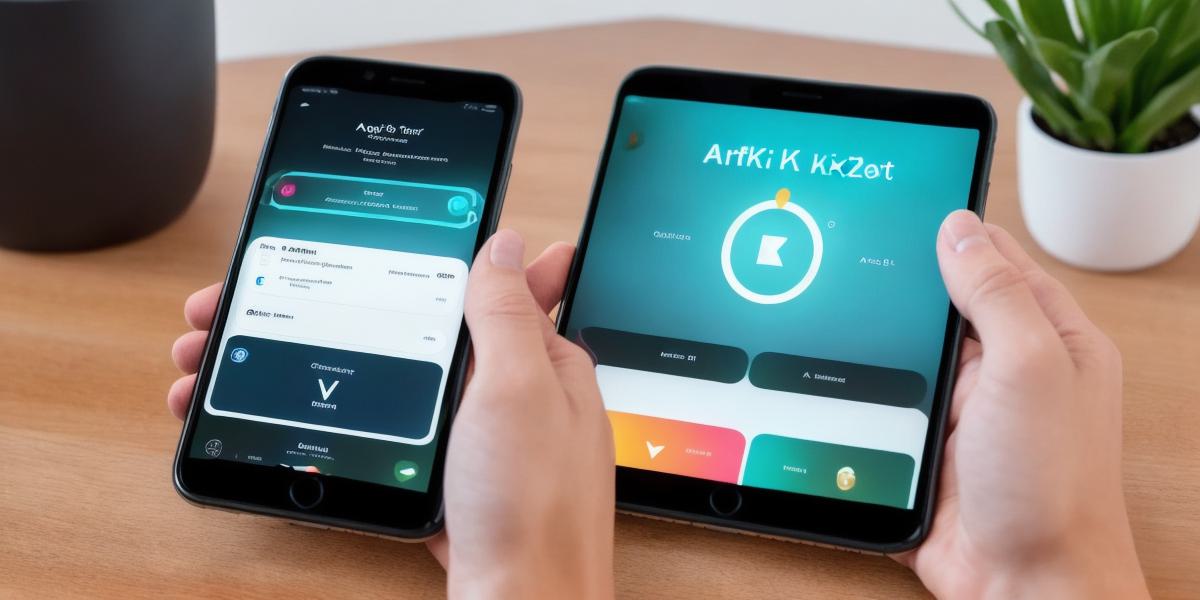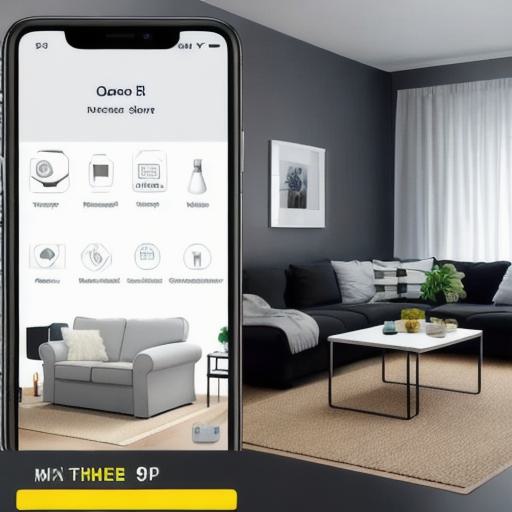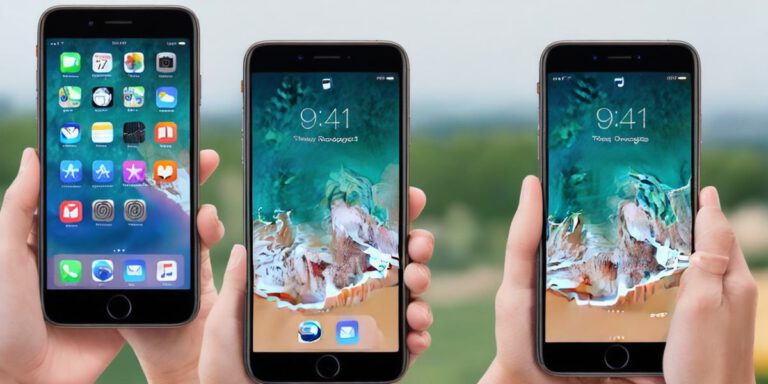How Accurate is ARKit? A Comprehensive Analysis for ARKit Developers

ARKit, Apple’s augmented reality development framework, has taken the world by storm since its launch in 2016. With over 7 million registered developers and a vast ecosystem of tools and resources, it’s clear that ARKit is here to stay. But how accurate is ARKit? In this article, we will explore the capabilities and limitations of ARKit and provide real-world examples to help you make an informed decision about whether it’s the right choice for your project.
Introduction: What is ARKit?
ARKit is a powerful augmented reality development framework that allows developers to create immersive, interactive experiences that blend the physical world with virtual elements. It was first introduced by Apple at the Worldwide Developers Conference in 2016 and has since become one of the most popular AR platforms on the market.

ARKit uses a combination of computer vision and machine learning algorithms to track the device’s position, orientation, and motion in real-time, allowing developers to create a wide range of applications, from gaming and entertainment to education and healthcare.
The Accuracy of ARKit: A Comprehensive Analysis
To understand the accuracy of ARKit, we need to examine its capabilities and limitations. While ARKit is undoubtedly a powerful tool, it’s not perfect. In this section, we will explore some of the key factors that affect ARKit’s accuracy.
Hardware Limitations:
One of the biggest challenges facing ARKit developers is the hardware limitations of the devices they are targeting. While modern smartphones and tablets have powerful processors and high-resolution cameras, they still lack the processing power and resolution of dedicated AR devices like the HoloLens or the Magic Leap. As a result, ARKit may struggle to deliver accurate and seamless experiences on these devices.
Environmental Factors:
Another key factor that affects ARKit’s accuracy is the environment in which it is used. For example, low-light conditions, reflections, and occlusions can all impact the device’s ability to track its position and orientation accurately. In addition, outdoor environments with lots of natural light and movement can be particularly challenging for ARKit.
Developer Skill Level:
Finally, the accuracy of ARKit is also heavily influenced by the skill level of the developer. While ARKit is a powerful tool, it still requires a certain level of expertise to use effectively. Developers who are new to ARKit may struggle to create accurate and seamless experiences, while experienced developers can take advantage of its full potential.
Real-World Examples: How Accurate is ARKit in Practice?
To get a better understanding of how accurate ARKit is in practice, let’s look at some real-world examples.
1. IKEA Place App:
The IKEA Place app is an excellent example of how ARKit can be used to create accurate and engaging experiences. Using ARKit, the app allows users to place virtual furniture in their homes and see how it looks and fits before making a purchase decision. By placing virtual objects in real-world environments, the app is able to create an incredibly accurate representation of how furniture will look in a specific space.
2. Pokémon Go:
Pokémon Go is another excellent example of how ARKit can be used to create engaging and interactive experiences. The game uses ARKit to place virtual creatures in real-world environments, allowing users to capture and battle them as they explore their surroundings. While the game has been criticized for its accuracy, it’s clear that ARKit








